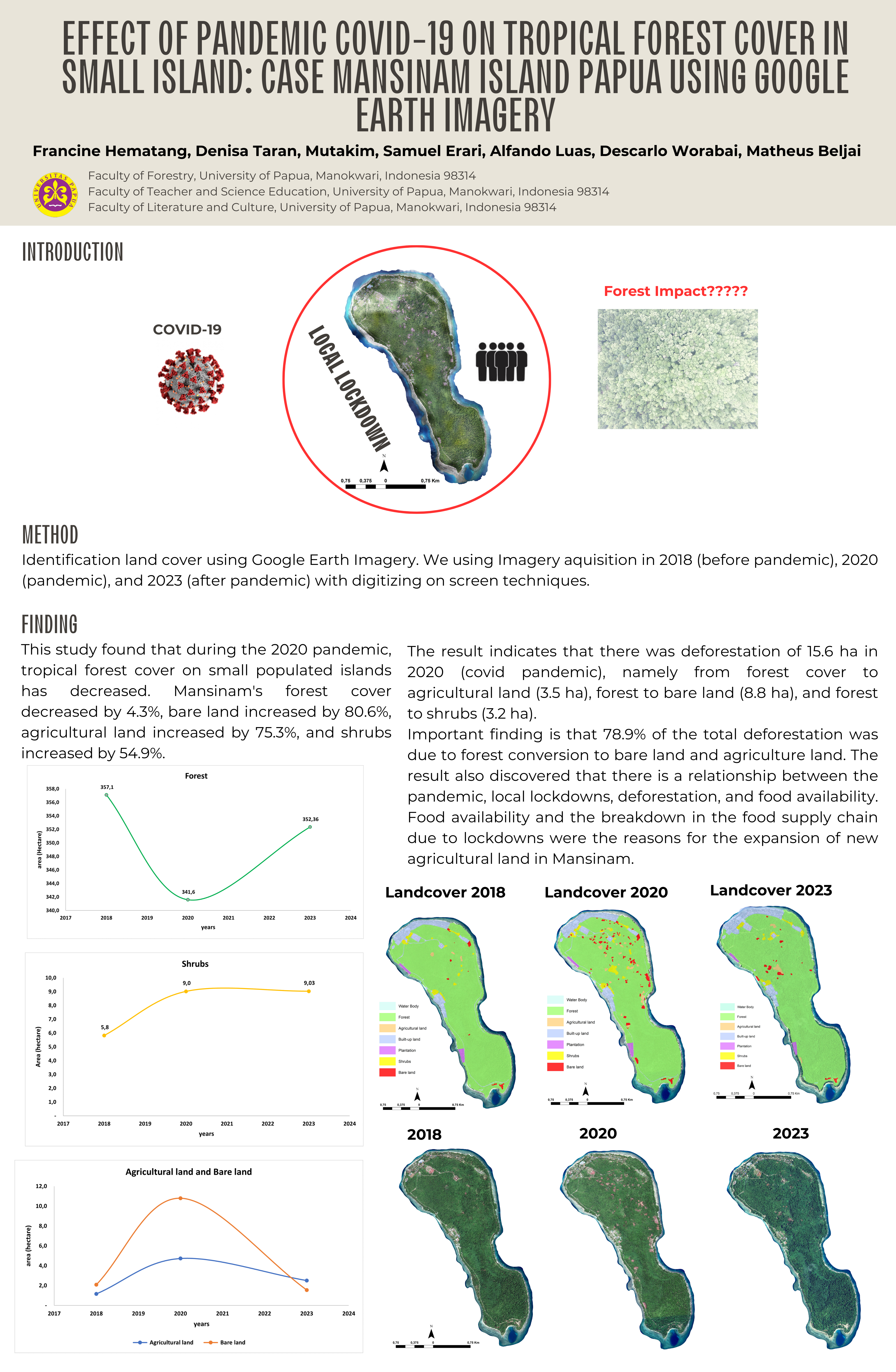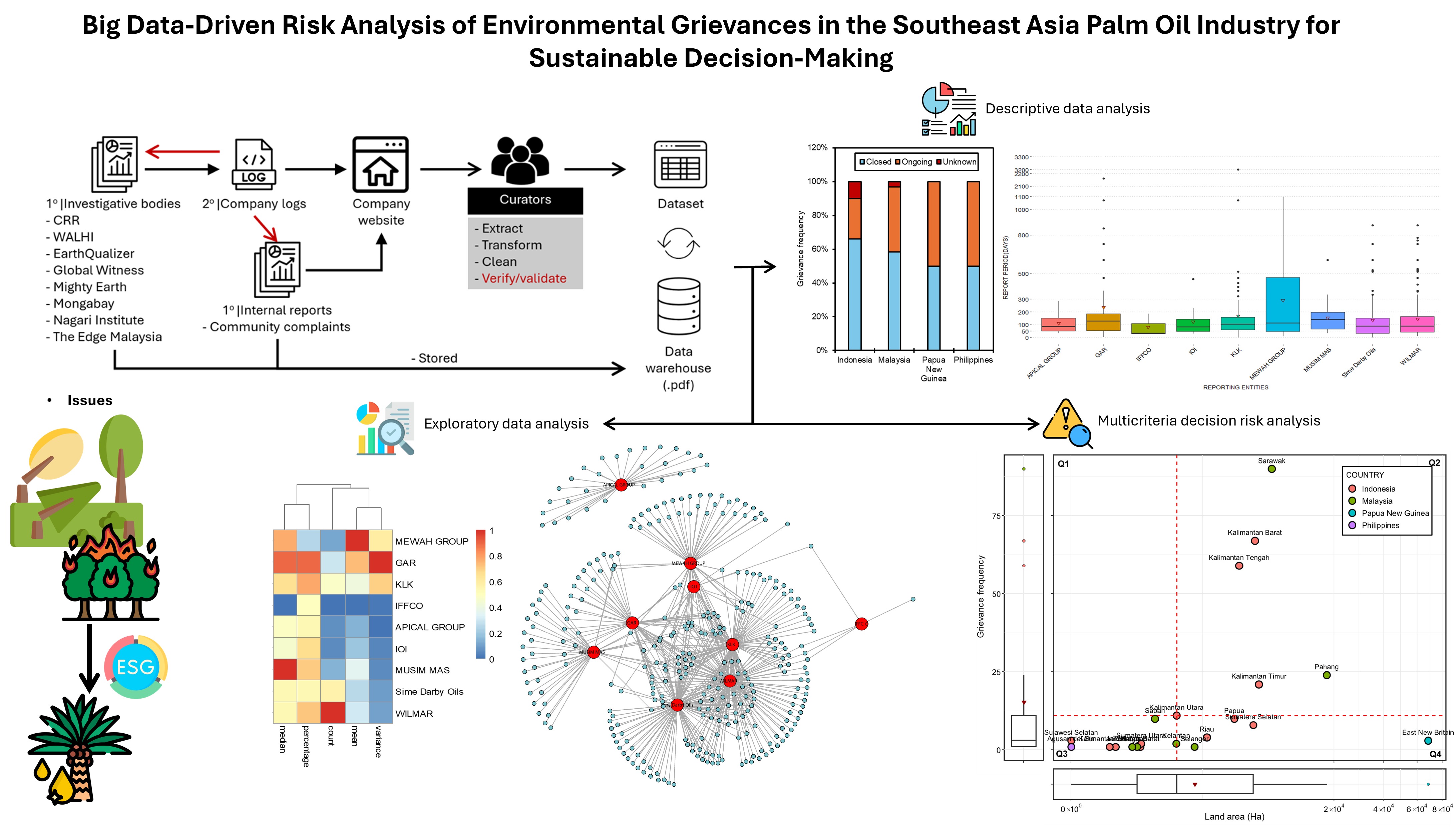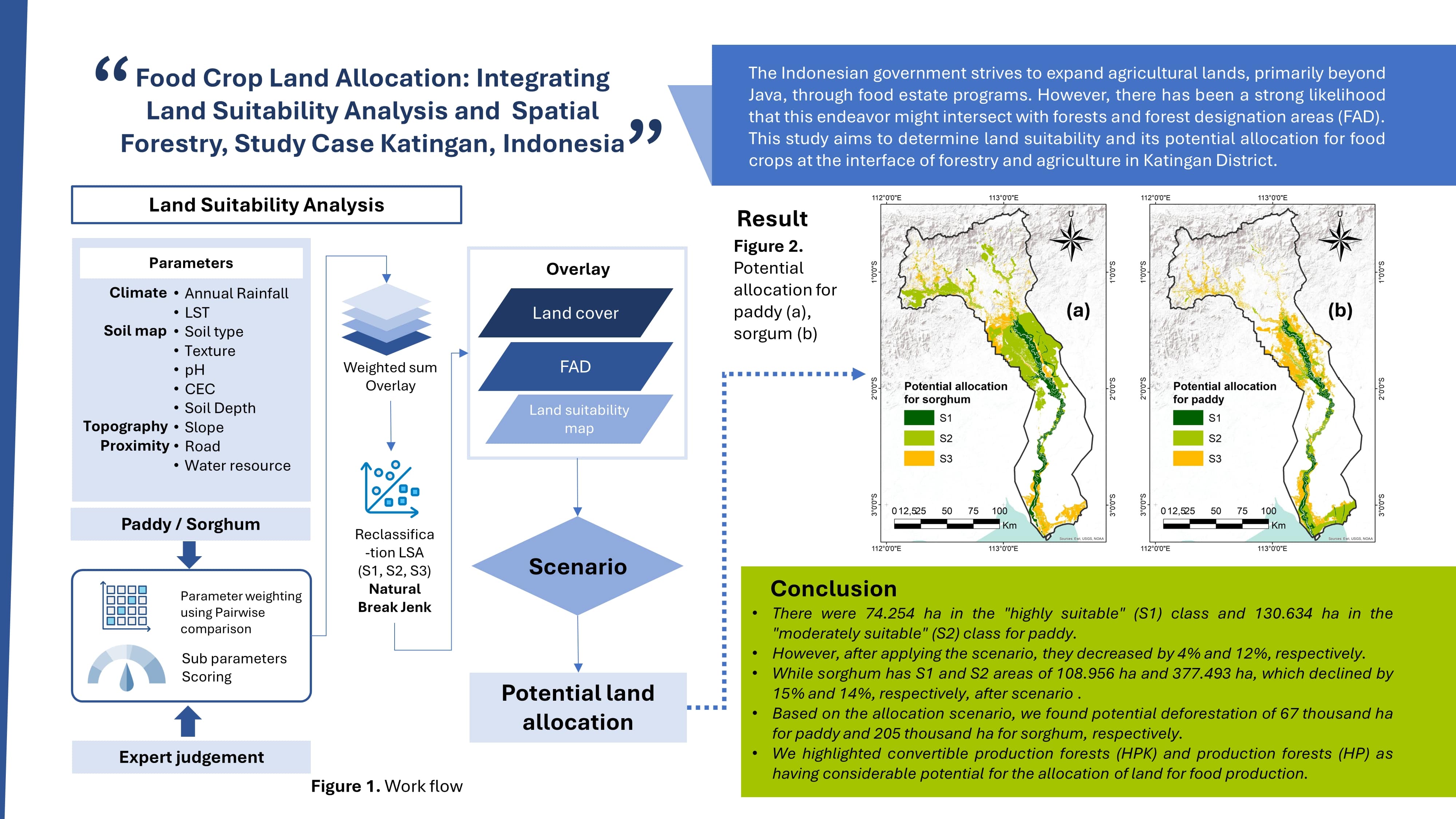Spatial Metrics of Deforestation in Kampar and Indragiri Hulu, Riau Province
Abstract
The Riau Province has been suffering from the highest deforestation rate in Sumatra, Indonesia. Many and various factors haved been discussed as causes of different deforestation types. This research is focused on evaluating the spatial pattern of deforestation in a specific location respresenting a typical deforestation in Riau. The main objective of this study was to identify spatial metrics to describe deforestation that occurred in Kampar and Indragiri Hulu regencies.The study divided the deforestation process into 3 periods of observation, e.g., 1990–2000, 2000–2010, and 2010–2014. The study based on Landsat satellite imagery aquired in 1990, 2000, 2010, and 2014 as the main data sources. The deforestation was detected using post-classification comparison (PCC) on the basis of 11 land cover classes developed prior to any further change detection. The deforestation was initially derived from reclassifying the original classes into only forest and non-forest classes, and then followed by spatial pattern analysis using Fragstat software. The study shows that 2 spatial pattern of deforestation in Kampar distinctly differs from those occurred in Indragiri Hulu Regency, particularly for the period of 1990–2014. The spatial pattern of deforestation in Kampar Regency were clumped, low contiguous between patch, and high fragmentated. Meanwhile, the spatial pattern in Indragiri Hulu Regency were clumped, high contiguous between patch, and low fragmentated. Profile of deforestation in Kampar Regency was cathegorized into early deforestation and Indragiri Hulu Regency as lately deforestation.
Authors
RijalS., SalehM. B., JayaI. N. S., & TiryanaT. (2016). Spatial Metrics of Deforestation in Kampar and Indragiri Hulu, Riau Province. Jurnal Manajemen Hutan Tropika, 22(1), 24. https://doi.org/10.7226/jtfm.22.1.24

This work is licensed under a Creative Commons Attribution 4.0 International License.
Jurnal Manajemen Hutan Tropika is an open access journal which means that all contents is freely available without charge to the user or his/her institution. Users are allowed to read, download, copy, distribute, print, search, or link to the full texts of the articles in this journal without asking prior permission from the publisher or the author. This is in accordance with the Budapest Open Access Initiative (BOAI) definition of open access.







